Ceramic thermal spray coatings have become a key surface engineering solution for industries that demand durability, stability, and long-term protection under extreme operating conditions. By applying a dense ceramic layer onto metal substrates, these coatings greatly enhance wear and corrosion resistance in machinery, tools, and structural parts. They are widely used in sectors such as aerospace, energy, petrochemical, and manufacturing, where components are constantly exposed to friction, high temperatures, and chemical attack.
1. The Function of Ceramic Thermal Spray Coatings
Ceramic thermal spray coatings are applied using high-energy processes such as plasma spraying, flame spraying, or HVOF (High Velocity Oxy-Fuel). In these processes, ceramic powder is heated to a molten or semi-molten state and then propelled at high speed onto the component surface. Once cooled, the particles form a solid and adherent coating that provides both mechanical and chemical protection.
The ceramics commonly used in thermal spraying—such as alumina (Al₂O₃), zirconia (ZrO₂), chromium oxide (Cr₂O₃), and titania (TiO₂)—are known for their hardness, thermal stability, and chemical inertness. These materials create a surface barrier that shields the base metal from abrasion, oxidation, and corrosion.
2. Improving Wear Resistance Through Hardness and Durability
One of the primary advantages of ceramic coatings is their exceptional hardness. When applied correctly, they form a surface layer that can withstand severe mechanical wear caused by friction, sliding, or particle erosion. In applications such as pump shafts, turbine blades, and industrial rollers, constant surface contact leads to gradual material loss. The hard ceramic layer absorbs much of the stress and prevents direct contact with the substrate, reducing wear rates significantly.
Furthermore, ceramic coatings maintain their hardness even at elevated temperatures, making them highly suitable for high-speed and high-temperature applications. The resistance to micro-abrasion and surface fatigue helps prolong component life, especially in environments where lubricants are ineffective or unavailable.
3. Enhancing Corrosion Resistance Through Chemical Inertness
Ceramic materials are chemically stable and do not react easily with most corrosive agents. This makes them particularly effective as protective barriers in environments containing moisture, acids, alkalis, or salts. For example, chromium oxide coatings are often used in chemical processing equipment because of their strong resistance to acids and oxidizing media.
By forming an impermeable surface, the coating prevents corrosive substances from reaching the underlying metal. Even when exposed to seawater, exhaust gases, or industrial chemicals, the coated surface remains largely unaffected. This chemical inertness helps prevent pitting, rusting, and material weakening—common problems that reduce the lifespan of uncoated metal parts.
4. Thermal Stability and Oxidation Resistance
Many industrial systems operate at high temperatures, where metals are prone to oxidation and thermal degradation. Ceramic thermal spray coatings act as an effective thermal barrier, reducing heat transfer and limiting oxygen diffusion into the substrate. Coatings like yttria-stabilized zirconia (YSZ) exhibit excellent thermal stability, maintaining performance at temperatures exceeding 1000°C.
By isolating the substrate from direct exposure to high heat and oxygen, ceramic coatings help prevent scaling and oxidation, which often occur in turbines, exhaust components, and heat exchangers. This capability makes them vital in industries such as aerospace and power generation, where thermal protection directly influences efficiency and reliability.
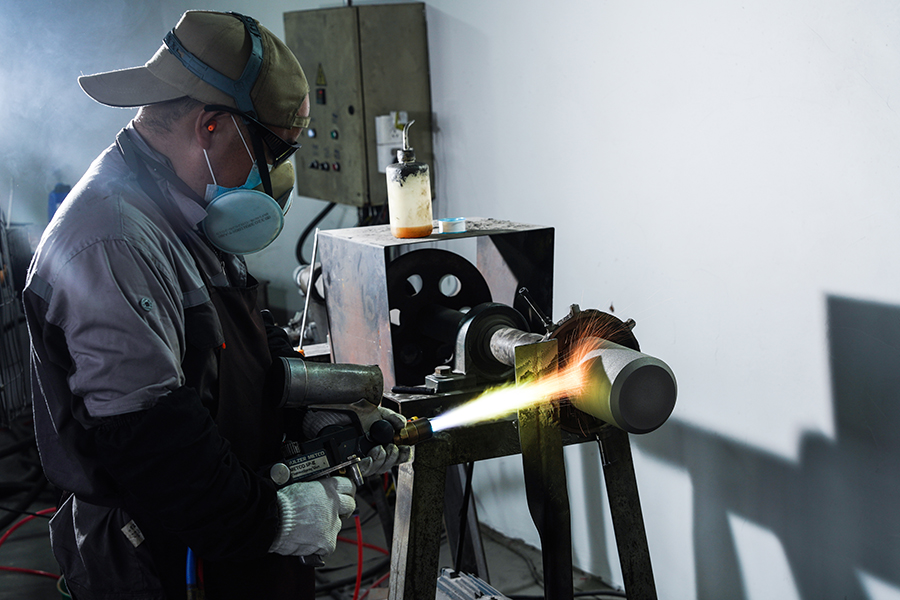
5. The Role of Coating Structure and Porosity
The performance of a ceramic thermal spray coating also depends on its microstructure and porosity. Advanced thermal spray techniques can produce coatings with low porosity and uniform thickness, minimizing pathways for corrosive substances to penetrate the surface. A dense microstructure improves both wear resistance and corrosion protection, while controlled surface roughness can enhance adhesion or reduce friction depending on application needs.
Optimizing the spraying parameters—such as particle velocity, temperature, and distance—allows manufacturers to tailor the coating properties for specific operating conditions. This adaptability is one of the main reasons thermal spray coatings are widely used across multiple industries.
6. Reduced Maintenance and Extended Service Life
The combined resistance to wear, corrosion, and oxidation translates into longer component life and reduced maintenance requirements. Equipment coated with ceramics can operate longer between service intervals, minimizing downtime and replacement costs. In industries where continuous operation is critical, such as power plants, refineries, and manufacturing lines, this benefit directly contributes to improved productivity and lower total operating costs.
Moreover, the surface finish of ceramic coatings can be polished or machined to meet precise functional requirements, ensuring that the protective layer does not compromise mechanical performance or assembly compatibility.
7. Applications Across Industrial Sectors
Ceramic thermal spray coatings are applied to a wide range of components, including:
- Gas turbine blades and combustion liners for high-temperature resistance.
- Pump impellers and valve components exposed to corrosive fluids.
- Industrial rollers and printing cylinders requiring wear-resistant surfaces.
- Automotive engine parts subjected to thermal cycling and friction.
- Chemical processing equipment exposed to acids, alkalis, or oxidizing environments.
This versatility allows engineers to select coatings that match specific operating challenges, whether mechanical, thermal, or chemical in nature.
8. Conclusion
Ceramic thermal spray coatings significantly improve the wear and corrosion resistance of industrial components by combining hardness, chemical stability, and thermal protection in a single surface layer. They act as a durable barrier that resists frictional wear, chemical attack, and oxidation, even under extreme operating conditions.
Through advancements in spray technology and material science, these coatings continue to evolve—offering higher adhesion strength, lower porosity, and better resistance to thermal shock. For industries seeking to enhance component reliability and reduce long-term maintenance costs, ceramic thermal spray coatings remain one of the most effective and proven surface protection solutions available today.

 ENG
ENG
 English
English عربى
عربى Español
Español 中文简体
中文简体
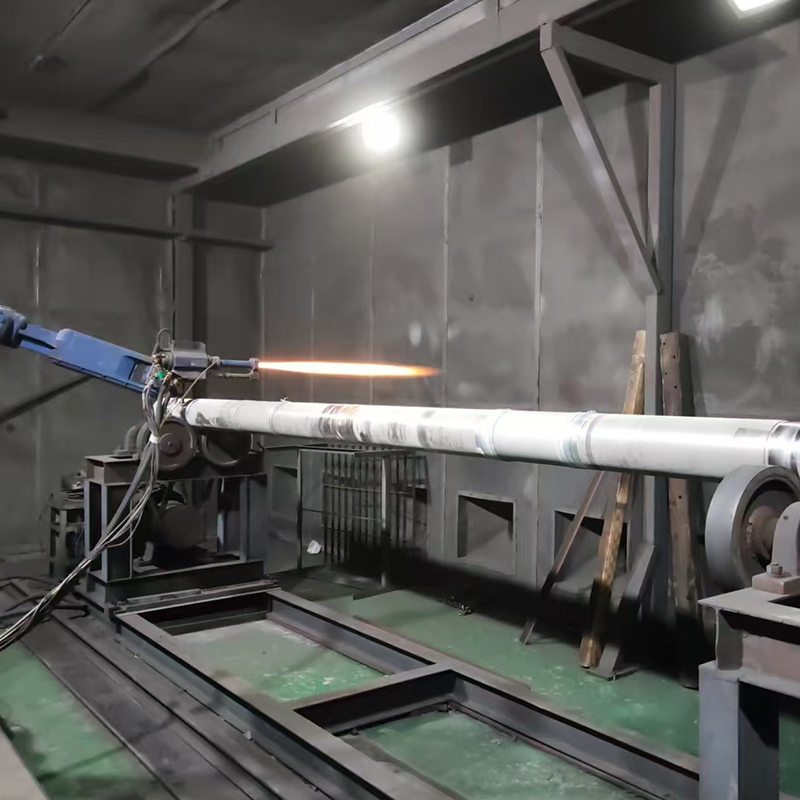
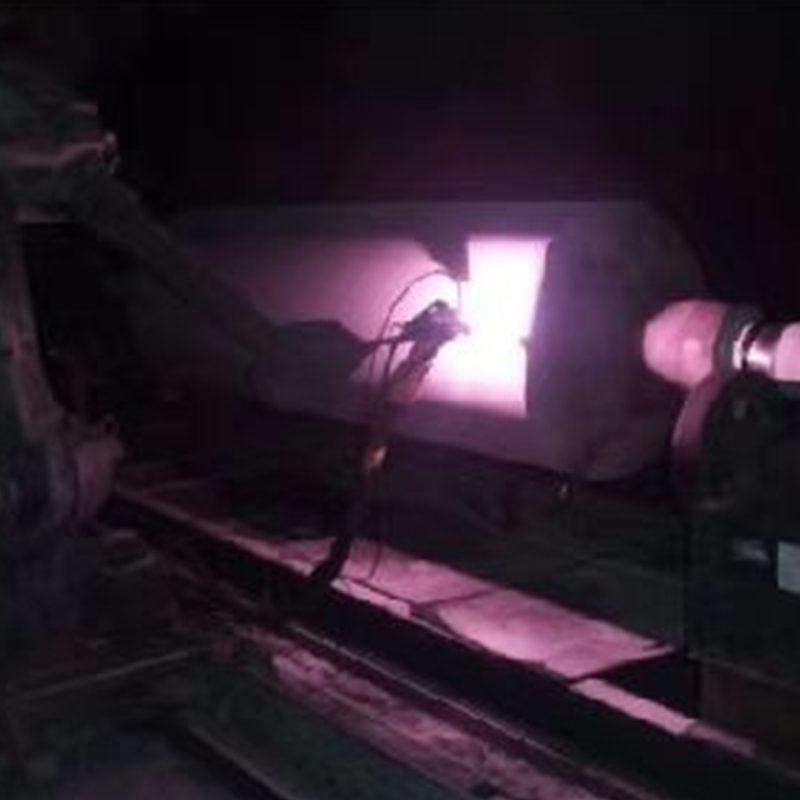
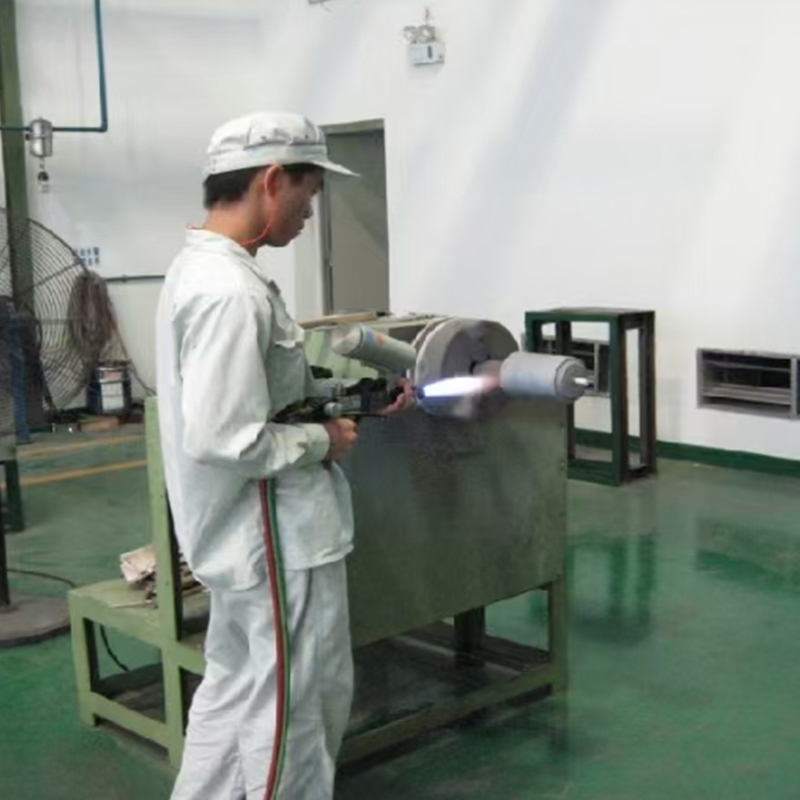

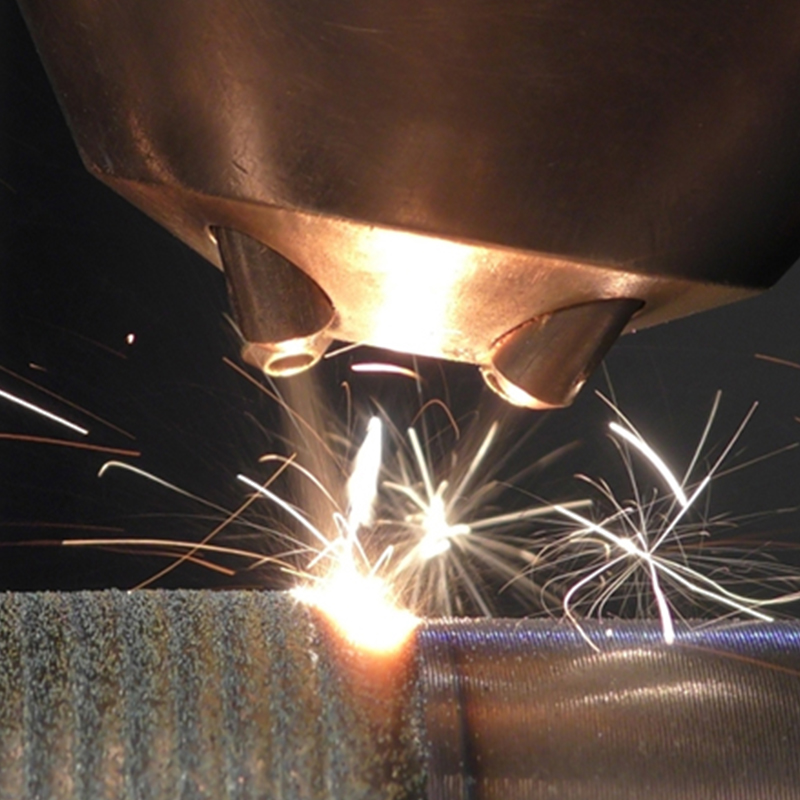
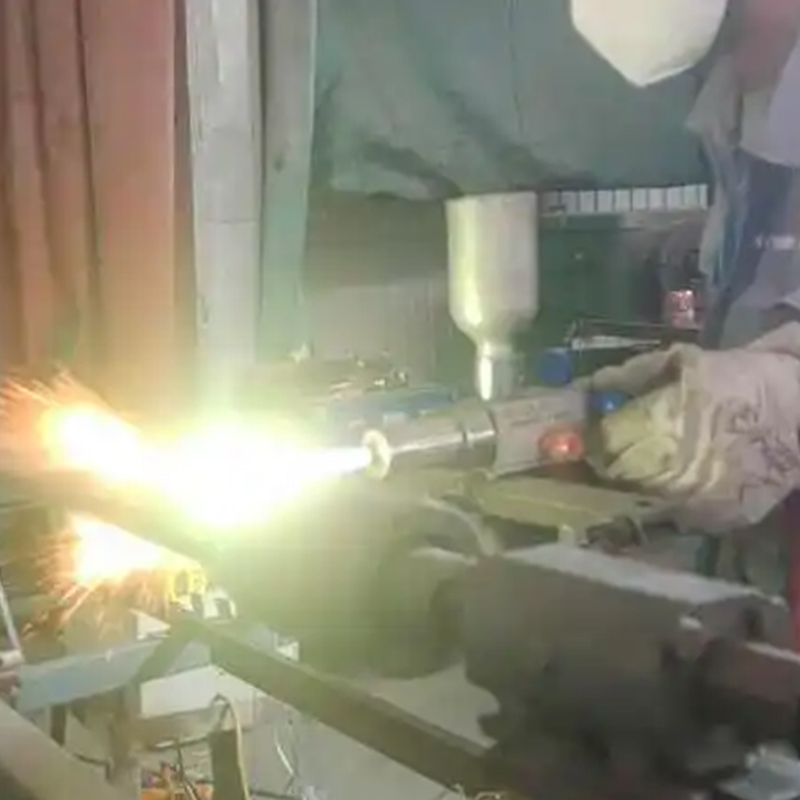
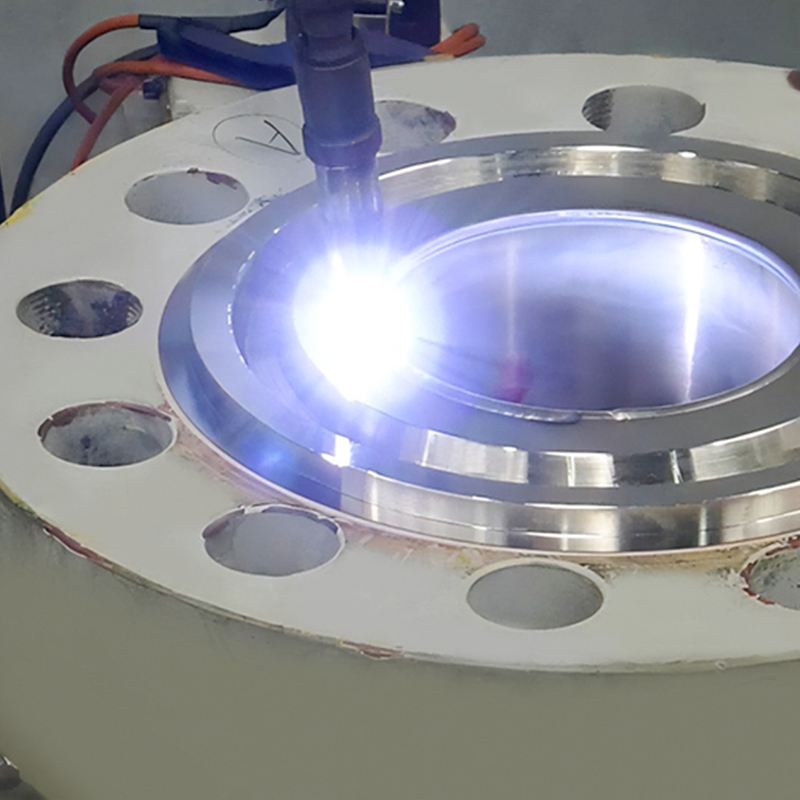
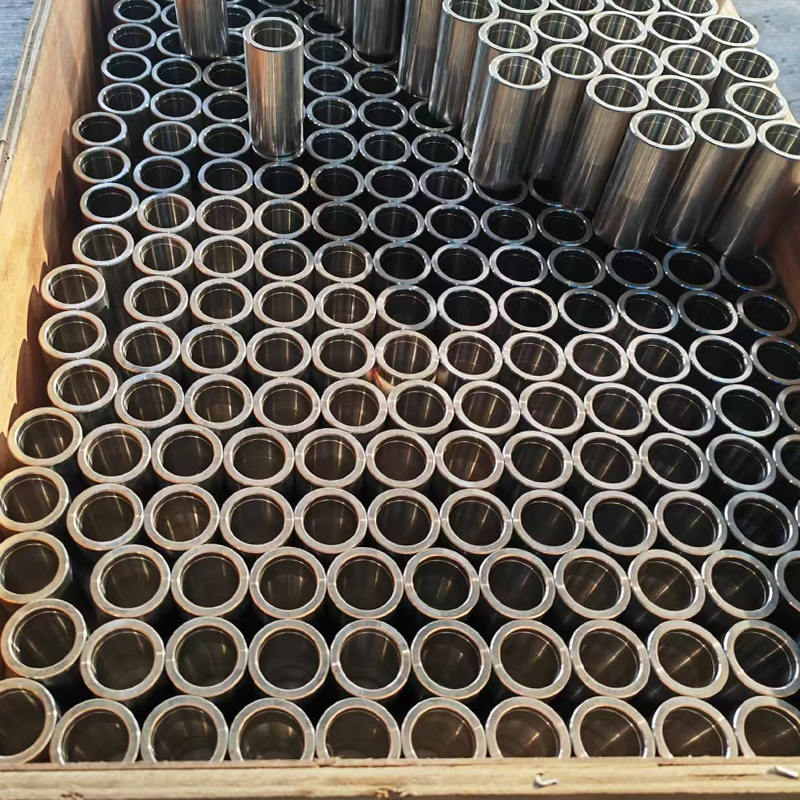
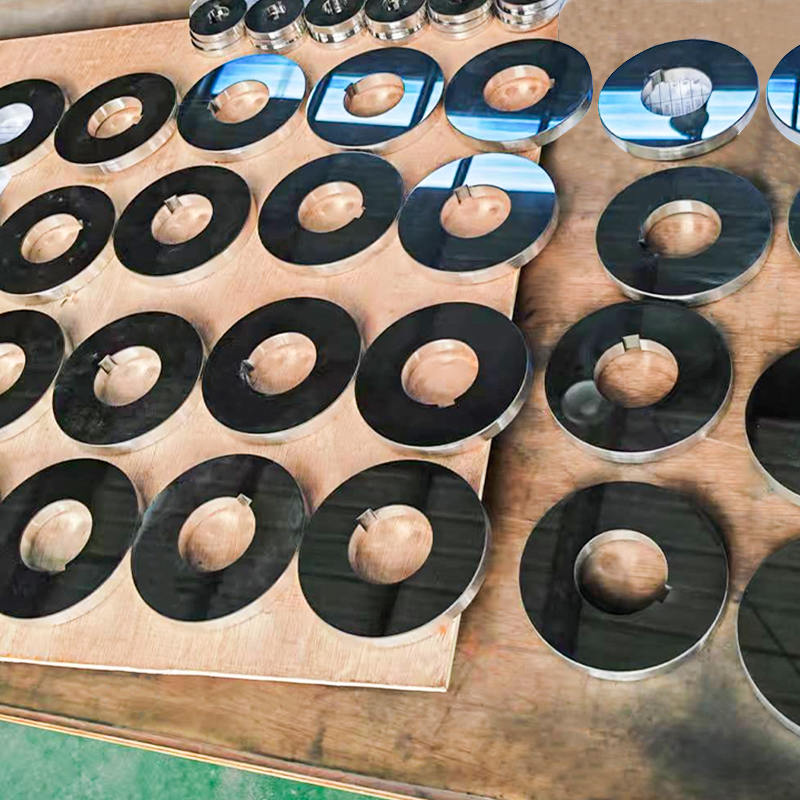
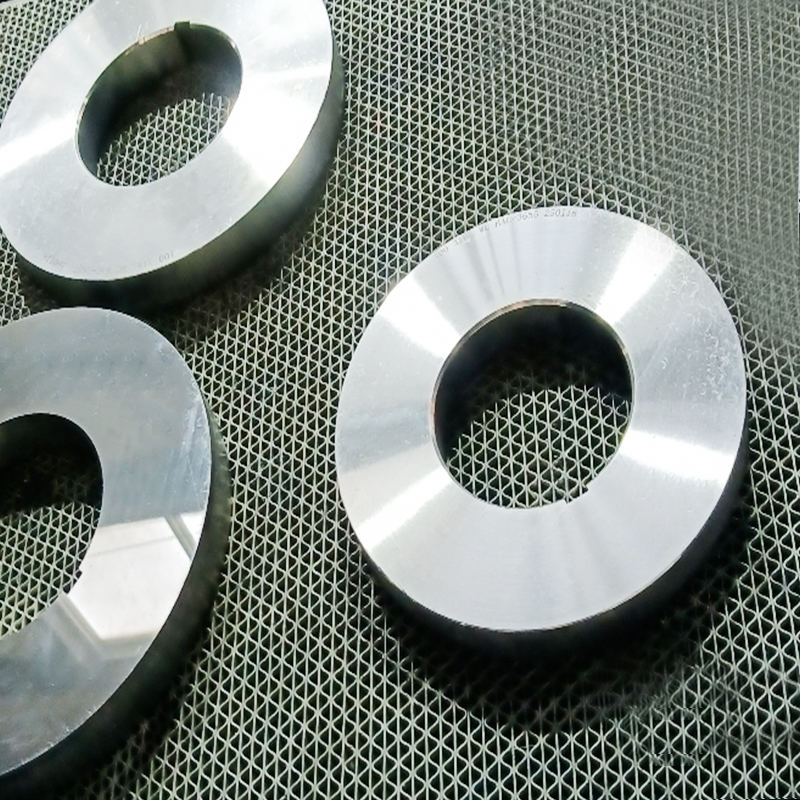
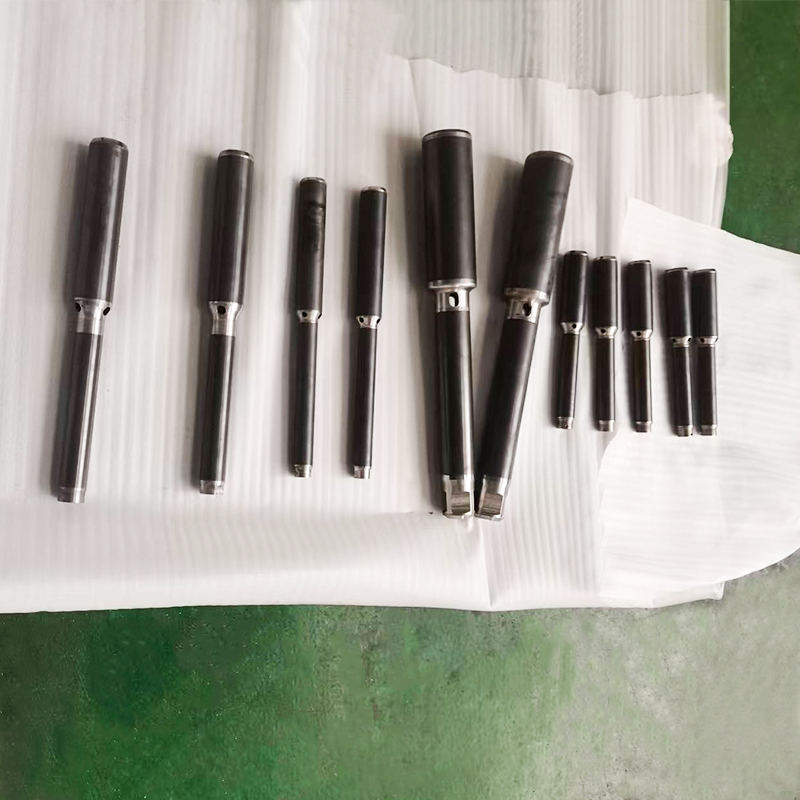
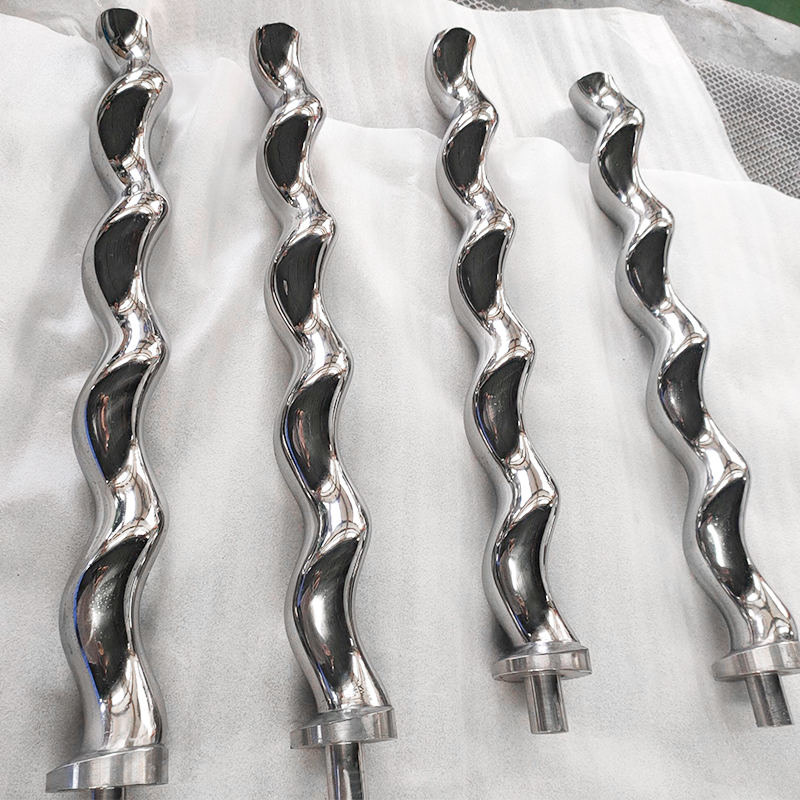

 TOP
TOP